lessons learned: Learning without application is not learning
To create a successful initiative, we must establish honest conversations with partners to set achievable results; understand the cultural and regional context; set clear rules of engagement; define roles, responsibilities and realistic timeframes and identify potential risks.
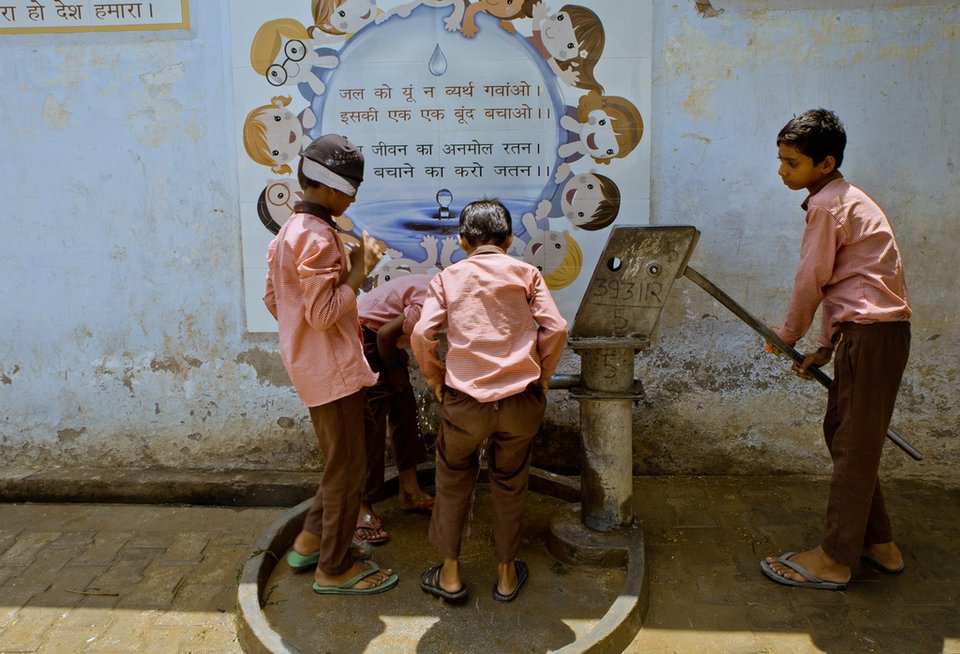
But sometimes, in our urgent quest for systems change, we forget these basics. And that’s a crucial mistake.
This may seem like a simple lesson, but it has been challenging for us to understand that we need to be constantly vigilant about applying what we learn from the evaluations of our initiatives. As an organisation deeply committed to a future where the women and men who depend on this industry live dignified lives, we feel a sense of urgency. This motivation drives us to act quickly and look to create scalable solutions in different geographies and in different working areas.
But every initiative is unique, and we can’t always apply a standardised approach. We must take the time and dedicate resources so that, together with our partners, we can better understand the context to build a solid foundation for success for each individual initiative.
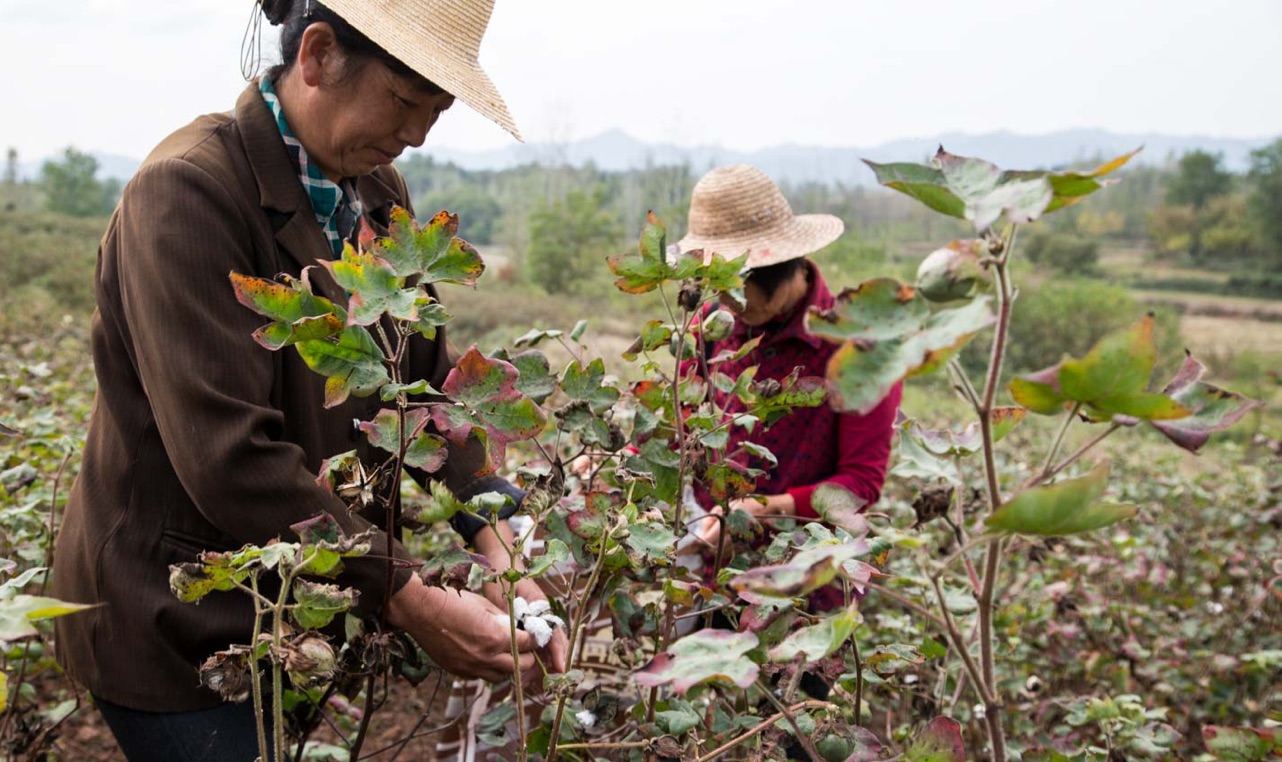
next steps
We realise that there is always a risk when designing new ways to tackle our industry’s deeply rooted problems, and we want to support partners who are bold and think differently. But we also want to do this in a smart way, making sure we do our homework together – and include the right voices – particularly of those who will be most impacted by the initiatives.
Moving forward, we remain committed to commissioning third-party evaluations of all our larger partnerships and publishing them online, as well as continually pushing ourselves, internally, to share what works and what doesn't.
We will also run our Partner Perception Report every two years to make sure we are improving. And we will continue to encourage our partners to both listen to workers and assess the market, to understand how to engage brands when designing solutions that have not been yet been tried in the fashion industry.
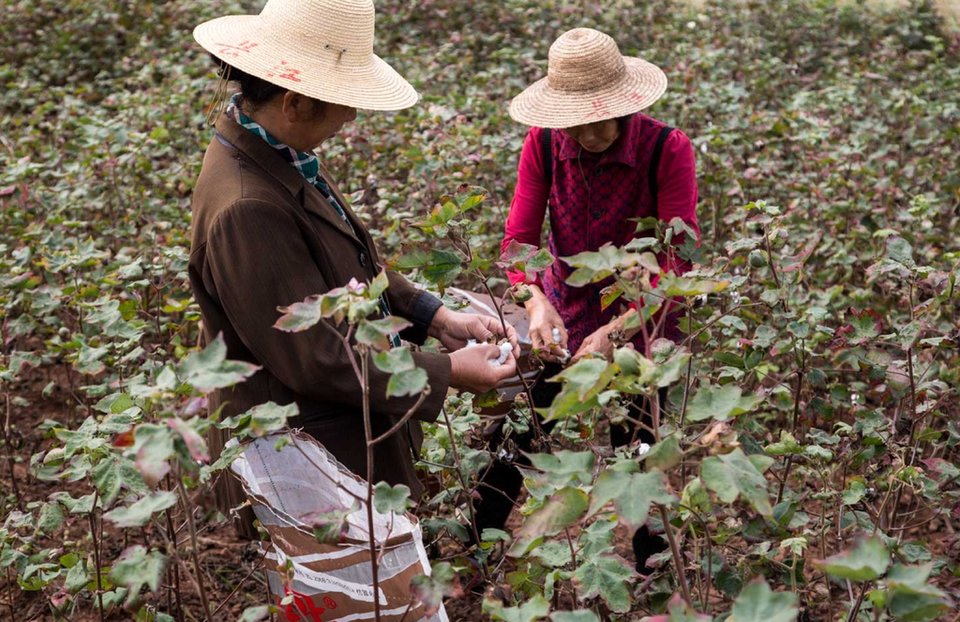
Rare
Accelerating organic cotton in China
To help accelerate organic cotton cultivation in China – the world’s second largest cotton producer – we partnered with Rare, a non-governmental organisation that uses human behaviour change to drive conservation results.
The idea of going beyond traditional farmer training and instead using behaviour change techniques to influence uptake sounded promising. And though over 260 farmers were reached to trial the production of organic cotton, the overall results demonstrated what happens when the fundamentals aren’t in place.
Neither we nor our partner conducted a comprehensive enough feasibility study to inform the initiative design. The context wasn’t well understood, the timeframes set were unrealistic and efforts to bring brands on board happened too late. All of these factors meant that this potentially breakthrough approach fell short of the programme objectives.
We have commissioned a deep-dive study to better understand the organic cotton sector in China. When it comes to the time to fund an initiative here, we will now have a much better chance of finding the right intervention to help farmers, the environment and the organic cotton market in China to thrive.
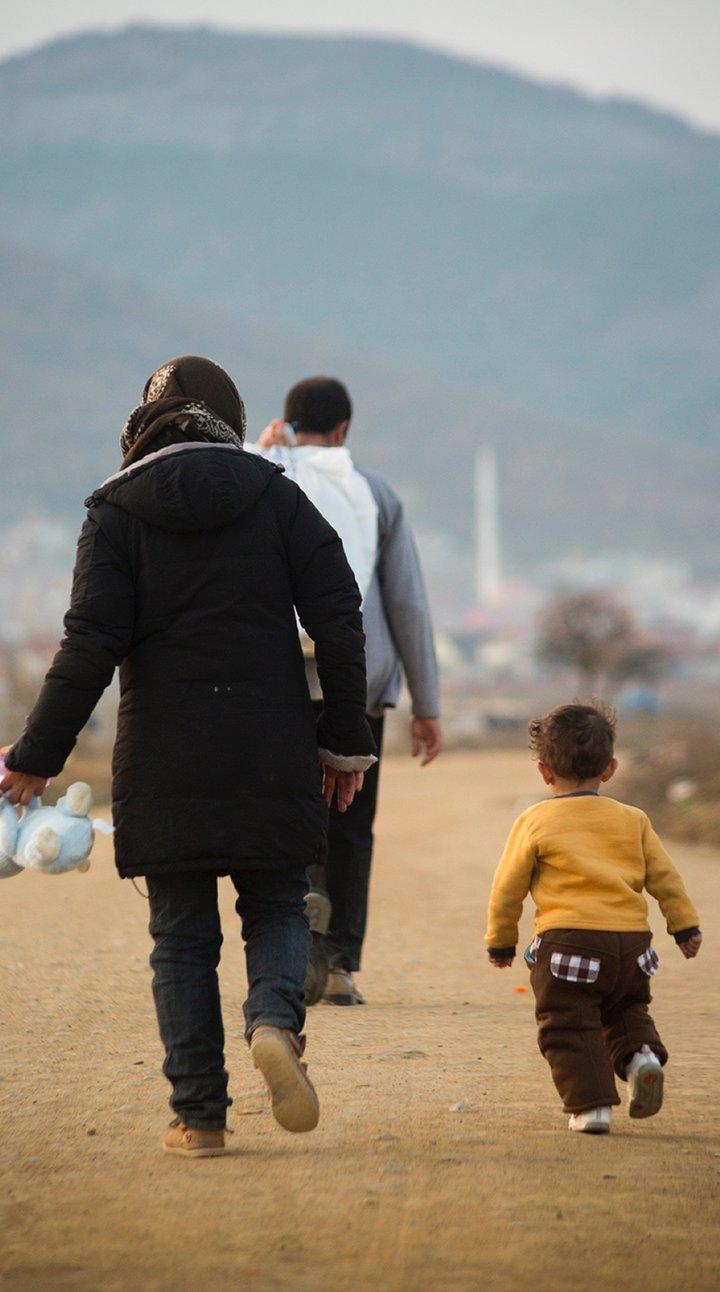
Equiception
Giving refugees a voice
Vulnerable workers are often hidden from sight, working and living under the radar. Their existence is deliberately hidden by factories and sub-contractors, which makes it extremely difficult to know exactly where these workers are and in what conditions they are working in.
“Giving refugees a voice” was an innovative one-year pilot from our partner Equiception. It used social media monitoring technology to analyse the public Facebook posts of millions of Syrian refugees associated with the apparel sector in Turkey. The idea was to use social media to locate them within specific factories or sub-contractors, gather information about their working conditions and encourage brands to act.
This approach confirmed that many Syrian refugees were working in Turkish factories, but the whole programme had limited impact. Firstly, it failed to take the cultural context of the workers into account: Syrian women don’t tend to post about their private life on Facebook, so little valuable information was gathered from women workers. Secondly, out of the millions of public posts captured, only a very small number included factory names, brand names or photos of workplaces. This more general information wasn’t sufficient enough for brands, employers and industry associations to take action.
This bold, new idea had potential, but its design was flawed, and ultimately it didn’t bring any meaningful change for Syrian migrant workers in Turkey. In the future, we need to better understand the cultural context and ensure there is a mechanism in place to encourage brands to act.
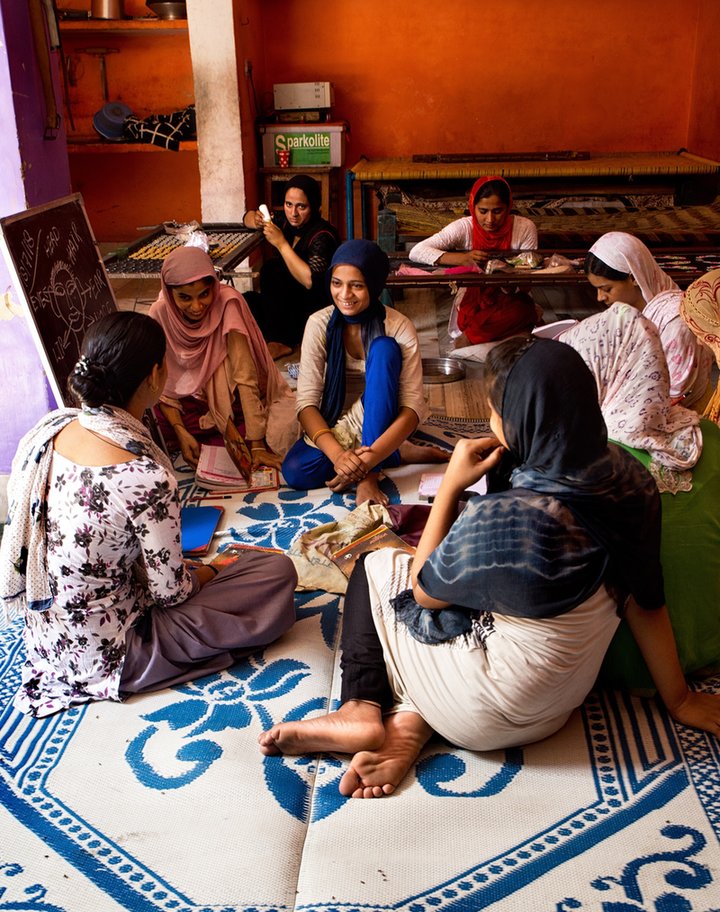
Transparentem
Shining a light on deeply hidden supply chain realities
Uncovering the true state of working conditions in complex supply chains is still a challenge.
Transparentem's unique approach uses frontline investigative reporting and forensic methods to uncover deeply hidden supply chain realities. They conduct in-depth investigations into supply chains and subsequently share intelligence reports with the brands and retailers involved. Once the brands and retailers are made aware of any infractions, they are given a grace period to begin remediation after which Transparentem’s reports are disclosed to strategic intermediaries such as investors, regulators and journalists to build urgency and mobilise action. During this time, Transparentem works with brands to encourage solutions and collaboration. When they go public, Transparentem discloses both the original problem and the actions taken to remediate them.
Though the model presents opportunities for dialogue and positive change, it is by no means perfect. For example, Transparentem’s two-year investigation into leather tanneries in Hazaribagh, Bangladesh documented widespread environmental degradation, child labour and hazardous working conditions. As a result, most of the brands confronted shifted factories, banned Bangladesh leather or demanded improvements, and Bangladesh's High Court told authorities to stop supplying gas, water and electricity to the tanneries. Eventually, tanneries were moved from Hazaribagh to Savar.
At first glance, it seems that many of these egregious issues were solved, but in fact, these actions may have simply shifted some problems from one area to another.
This was an important lesson in understanding unintended consequences. After the Hazaribagh investigation, Transparentem adapted their processes to share their reports more broadly (beyond just journalists) and to build in a second investigation one year after disclosure to reassess the situation. For C&A Foundation, it reinforces the need for a strong understanding of context and the possibility of unintentional results in the design phase of a grant.